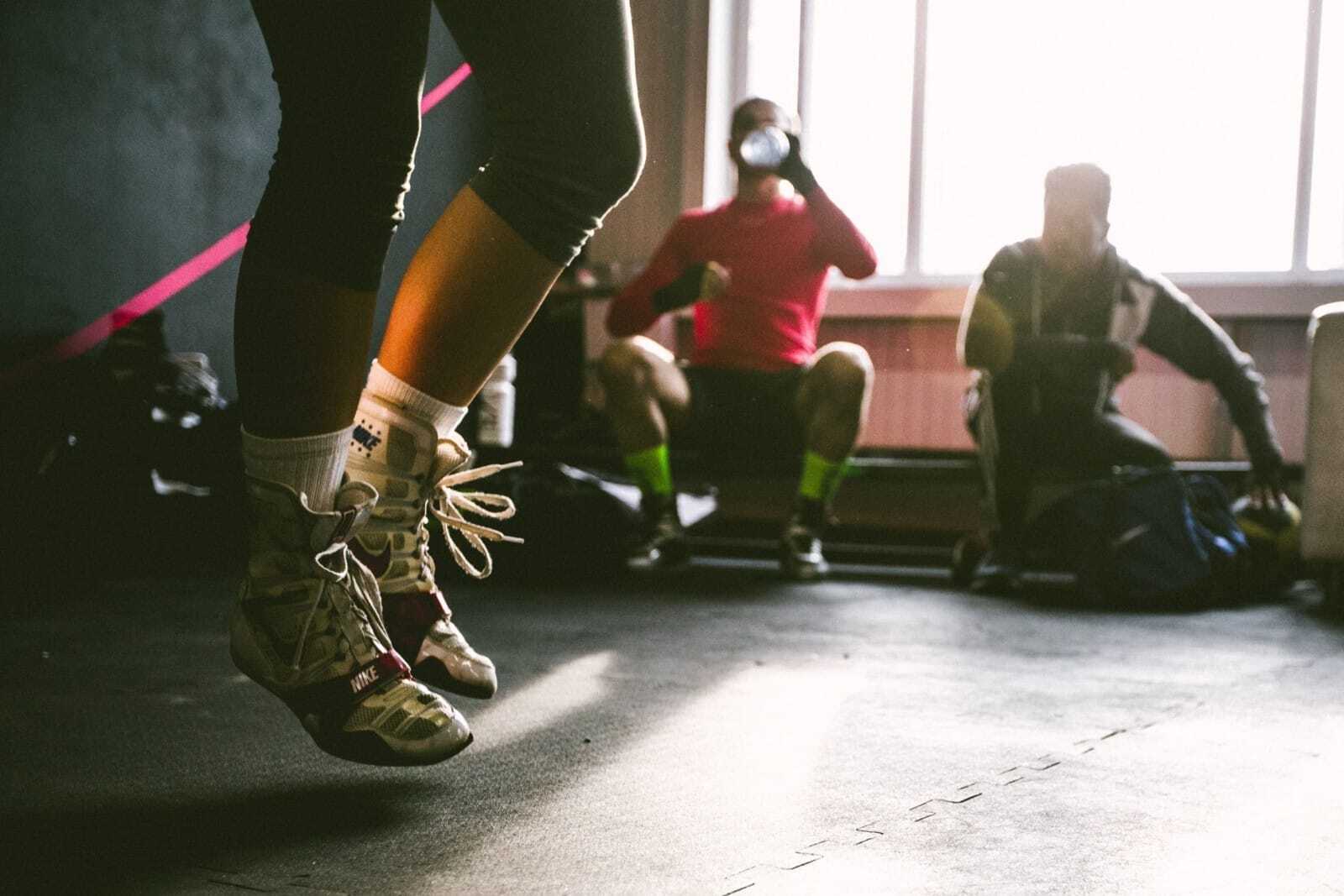High school athlete, weekend warrior, professional athlete. While they all might be at different levels in their athletic careers, they all have one need in common to perform at their best ability. The need for proper hydration. Proper hydration is something you should always be monitoring in day to day life, but even more so when exercising. It is imperative to understand the signs of dehydration, the many benefits of hydration, and how to properly hydrate to stay on top of your game. Let’s dive in!
Signs of Dehydration
Dehydration occurs when there is a decrease in total body water content due to fluid loss, diminished fluid intake, or both.2 Sweating while exercising is your body’s way of maintaining body temperature. If water loss through sweat starts occurring at a higher rate than fluid intake, then dehydration will start to take over and affect both sweating and heat dissipation from working muscles.3 Symptoms of dehydration are sometimes so mild that athletes are dealing with its consequences without even knowing it. Common signs of dehydration include dry mouth and tongue, thirst, headache, lethargy, dry skin, muscle weakness, dark urine, and/or dizziness.2 Make sure to pay attention to what your body is telling you. Catching and treating dehydration early is key to staying in the game. Read up on identifying, testing for, and correcting dehydration in this article by GoHealth Urgent Care.
Importance of Hydration for Athletic Performance
Did you know that not staying properly hydrated can reduce exercise endurance nearly in half? For instance, if your endurance time is 121 minutes, dehydration can drop your endurance time down to 55 minutes.1 There are a variety of effects that come into play when your body is dehydrated that directly impacts athletic performance. Some effects of dehydration include a reduction in blood volume, decreased skin blood flow, decreased sweat rate, increased core temperature, and an increased rate of muscle glycogen use.1 All of these factors negatively impact your ability to perform at your highest level.
Dehydration can not only impact your performance physically but it can also negatively impact your mental game. Your cognitive performance is just as important as your physical performance. Dehydration can lead to slower reaction times, increased fatigue, and poor concentration. The climate plays a role in hydration levels as well. Shoutout to the intense Arizona heat for providing even more reasons to stay properly hydrated all year long.
With high-performance athletes, restricting dehydration to no more than 2% body mass loss helps to maintain the physiological, perceptual, and safety aspects of the exercise while helping in exercise recovery and future training sessions.3 Proper hydration goes a long way in the recovery process and in getting you ready for that next game or practice.
How to Hydrate
Luckily, there are ways to ensure proper hydration before your activity, during your activity, and after your activity. Yes, all three times are equally important. A quick way to calculate how much water you need in a day is to take half your weight in pounds and convert it to ounces per day. For example, if you weigh 160 pounds, you would need 80 ounces of water. One regular bottle of water is roughly 16 ounces, so you would need at least 5 bottles per day for proper hydration. Follow these tips to develop your hydration strategy based on your individual needs to stay ahead of your competition.
- Before Activity
- The goal is to be hydrated well before you even begin your physical activity. Don’t wait to hydrate until your body is telling you that you are thirsty. Anticipate your thirst and take a sip of water to stay ahead. Plan your activities a day in advance and properly hydrate the evening prior to put yourself in the best possible position to succeed.
- During Activity
- To keep up with your hydration throughout your activity, make sure to be drinking enough fluid to combat the water lost through sweat while also avoiding excessive body fluid loss and over-consumption of fluids.3 The American Academy of Pediatrics recommends young athletes to drink 1 – 1.5 liters or 34 – 50 ounces of water per hour during the activity. 50 ounces of water is equal to a little more than 3 disposable water bottles. Activities lasting longer than 90 minutes require electrolyte replenishment. Having a sports drink along with your water is helpful and will provide additional benefits in staying hydrated.
- Post Activity
- The goal of hydration post activity is to replace any fluid deficit you lost during your activity. Replacing these fluids after your workout or game will restore hydration, improve recovery, reduce hypo-hydration symptoms, and decrease post-exercise fatigue. 3 In terms of how much you should hydrate post activity, keep a close eye on your body weight to help monitor how much sweat you lost. If you lost plus or minus 1.5% body weight, you are good to go and properly hydrated. If the number is greater than 1.5%, then you are leaning towards dehydration and should start hydrating as soon as possible.
Hydration is something that can often be dismissed. Staying hydrated adds tremendous value and importance to the everyday functions of our bodies. It is important for each athlete to monitor their hydration and take responsibility for creating their re-hydration strategy. Train harder, practice longer and perform better by staying hydrated.
Are you an athlete looking to improve your performance? Our team of therapists and trainers are here to help you! Schedule an appointment today!
References
- Jeukendrup, Asker, and Michael Gleeson. “Dehydration and Its Effects on Performance.”Humankinetics. N.p., n.d. Web. 17 July 2020,https://us.humankinetics.com/blogs/excerpt/dehydration-and-its-effects-on-performance.
- Shaheen, Naila A, et al. “Public Knowledge of Dehydration and Fluid Intake Practices: Variation by Participants’ Characteristics.” BMC Public Health, BioMed Central, 5 Dec. 2018, www.ncbi.nlm.nih.gov/pmc/articles/PMC6282244/.
- McDermott, Brendon P, et al. “National Athletic Trainers’ Association Position Statement: Fluid Replacement for the Physically Active.” Journal of Athletic Training, National Athletic Trainers Association, Sept. 2017, www.ncbi.nlm.nih.gov/pmc/articles/PMC5634236/.

